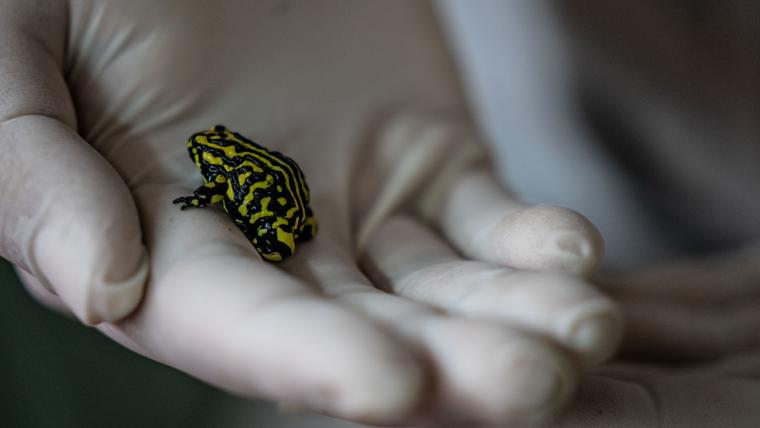
The truth behind the corroboree frog’s striking colours
In the frost-tipped forests of New South Wales, one of the region’s most endangered and striking amphibians lets out a squelch. Although only the size of a paper clip, corroboree frogs can be easily spotted with a keen eye. Vibrant yellow streaks drip down its polished black body, attracting nature enthusiasts from around the globe. But these gaudy markings aren’t an invitation – they’re a warning.
There are over 200 species of frogs in Australia, but the northern and southern corroboree frogs are some of the smallest. Southern corroboree frogs are critically endangered, and can only be found at altitudes of 1 300 metres and above in Kosciuszko National Park. During the month of January, males are heard serenading mates from bogs blanketed in sphagnum moss. Females follow the most attractive call to their partner's nest. Up to 38 eggs are laid here, waiting for the arrival of the autumn or winter rains to trigger their tiny leap into life.
Corroboree frogs play a significant role in the ecosystem, even as tadpoles. After hatching, the newborns are swept to nearby ponds to continue their metamorphosis. Here, they feed on algae into the summer, keeping the water clean and nutrient-rich for the surrounding flora and fauna. Each frog has its own unique pattern, much like a human fingerprint. However, these luminous yellow markings also hint at this creature's secret weapon – toxic skin. To defend themselves against predators, they produce and secrete alkaloids that are poisonous to mammals who dare get too close. But even this can’t protect them from their greatest threat.
Until a few years ago, only 50 southern corroboree frogs were estimated to be left in the wild. Their demise is caused primarily by a disease known as chytridiomycosis. Chytrid fungus is either transmitted through the water system or from other animals, attacking the creature's skin and heart. With the species on the brink, the New South Wales Office of Environment and Heritage developed a National Recovery Plan. To increase populations in the wild, captive breeding programmes have been established at a number of local zoos. The eggs are then released into drought and fungus-proof enclosures in their natural habitat. With people far and wide coming together to protect these pocket-sized frogs, they have a fighting chance at survival.
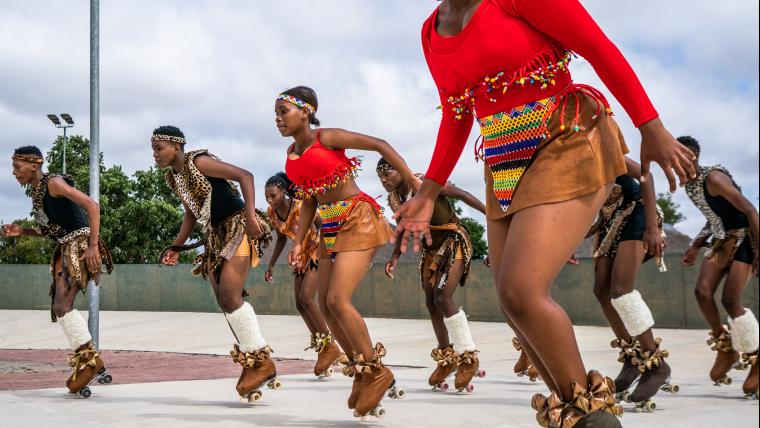



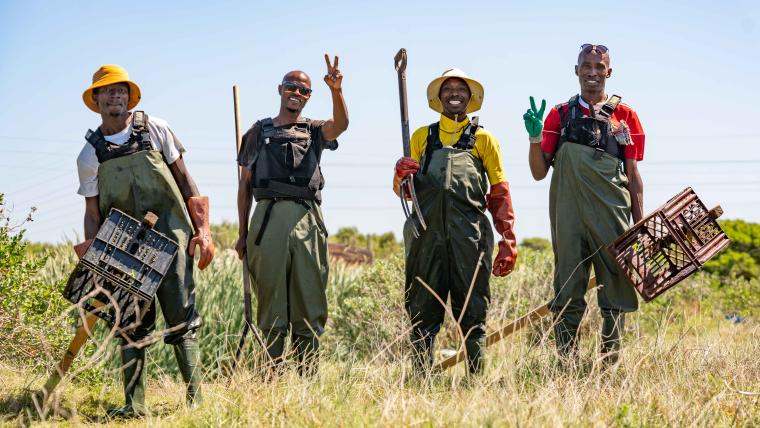
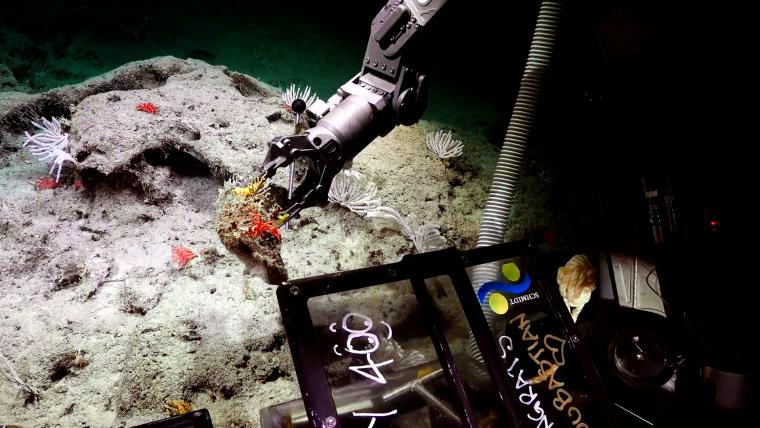



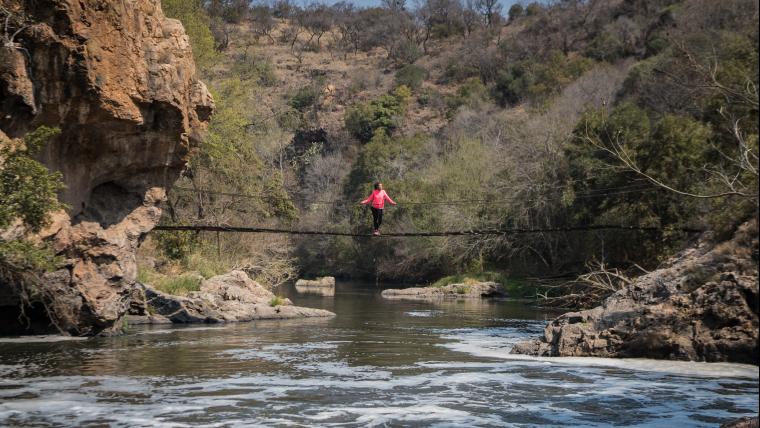




















Please sign in to leave a comment